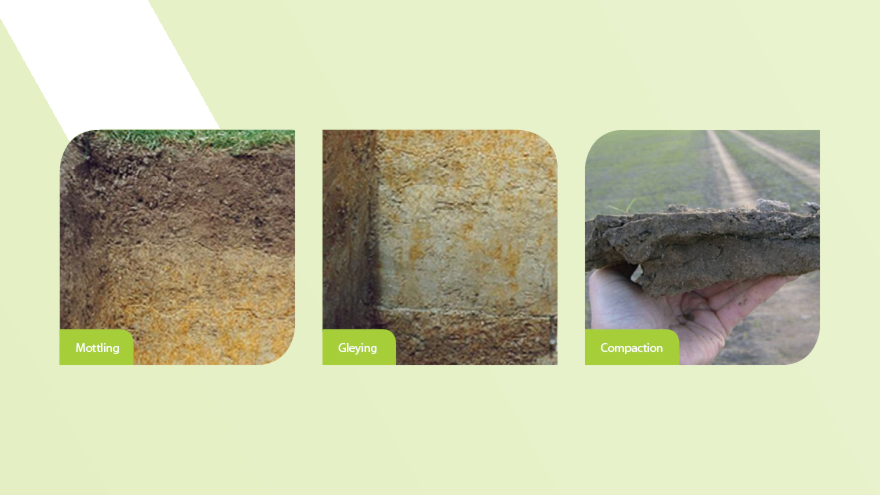If your crops and pasture are not performing as expected, or you are looking to purchase a new block of land and are unsure of the soil type, then analysing soil profile can provide valuable insights. To fully understand a soil profile you need to know what to look for.
This article is the second part of a two-part series on soil profile. Last month’s article focused on the concept of soil horizons and what each of the three basic soil horizons (A, B and C) consist of and highlighted the importance of the A horizon to the farming system. This article focuses on the features typically found in a soil profile that indicates poor crop or pasture production.
Examining the soil profile starts with digging a hole to a depth of at least 50 to 60 cm (if the soil permits). To identify features within the soil profile, dig at least two holes in different areas, within a paddock. Or if diagnosing crop or pasture problems, dig one hole where growth is good and another where growth is poor. There are three common issues related to soil health: mottling, gleying and compaction.
Mottling
Free draining soils are typically a healthy brown colour. However, soils that may have potential drainage issues tend to have what is called ‘mottles’ incorporated in this brown profile. Mottles are blotches or streaks of a usually reddish orange colour (Figure 1). The severity of mottling varies according to the soil’s drainage ability. Relatively few mottles indicate only a minor drainage limitation. In contrast, soils that have numerous mottles indicate more severe drainage limitation. More marked mottling results from a fluctuating seasonally high-water table where the soil is saturated for an extended period during the year (mostly winter and spring). The reddish orange colour of the mottles is due to oxidized iron (rust) being left in the soil once the water table recedes. This ‘rust’ can also build up around plant roots. Soil with these features could be considered imperfectly drained and more specifically, suffering from a fluctuating water table.
Gleying
In poorly drained soils, it is common to find mottles mixed with, or sitting above, blue-grey colours (Figure 2). These blue-grey colours are called ‘gleying’. This indicates prolonged waterlogging from a naturally high-water table or poor drainage capabilities of the soil. Soils with this kind of profile tend to produce crops that have shallow rooting depths resulting in a lower yield potential. Gleyed soils usually require artificial drainage to be productive.
Compaction
If your hole is more difficult to dig than expected, this can be an indication of a compacted soil. Sometimes you need to look a bit deeper as soil compaction can also form lower down the soil profile. Soil compaction at depth is usually caused by cultivation (plough and disc pans) and animal hooves penetrating the soil surface. Where the hoof stops (usually around 5 to 10 cm) is where compaction starts. Compaction can be identified as a dense layer of soil that is hard to break up and roots are unable to penetrate. It is usually possible to dig a shelf in the soil out of the compacted layer (Figure 3). Plant roots tend to bunch on top of, or grow laterally to, the compaction layer leading to a reduction in yield potential. Compaction often causes infiltration, drainage and aeration issues with severely compacted soils taking on a gleyed appearance.
Contact your local PGG Wrightson Technical Field Representative to investigate your soil profile and remedy any potential problems before sowing your spring crops.




